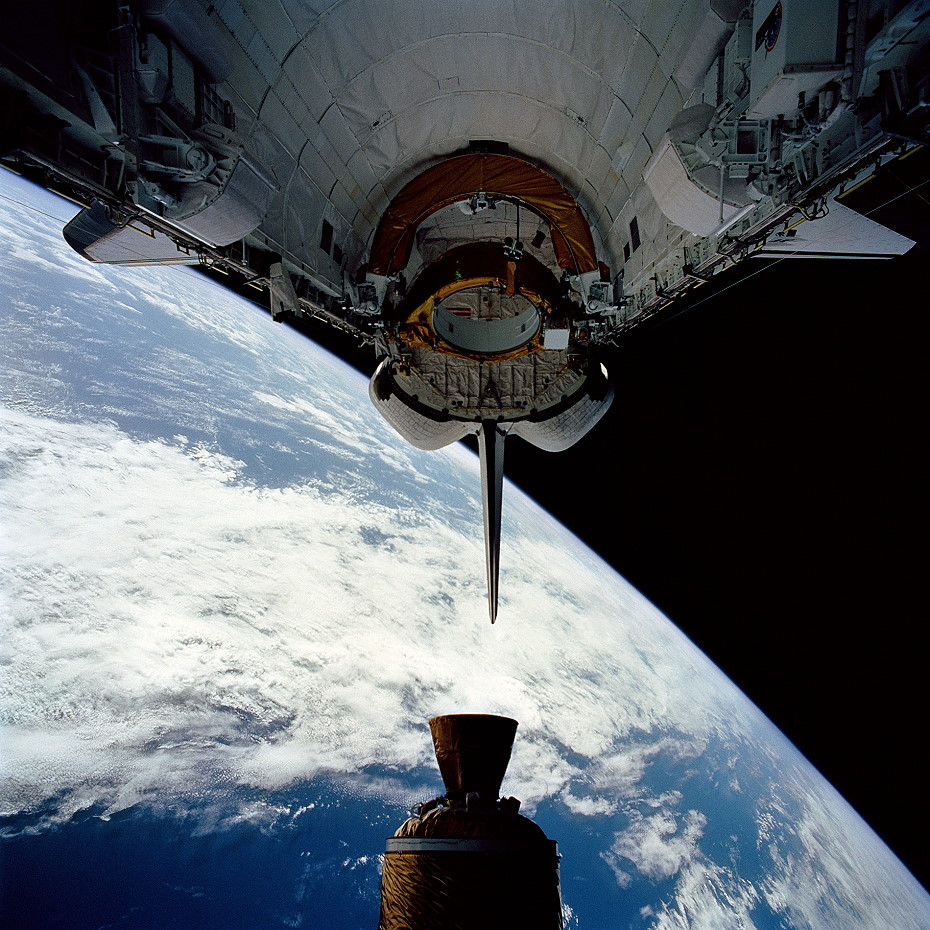
Twenty-five years ago, this week, the crew of STS-54 settled into orbit for one of the shortest shuttle missions of the decade, tasked with deploying the fifth member of NASA’s Tracking and Data Relay Satellite System (TDRSS). Attached to a Boeing-built Inertial Upper Stage (IUS) booster, TDRS-F was released from Endeavour’s payload bay a few hours into the six-day flight, to provide critical voice and data communications from geostationary orbit. When the five-member crew released their official patch in the summer of 1992, they paid tribute not only to their TDRS primary payload, but also to the Diffuse X-ray Spectrometer (DXS), which would observe invisible X-ray sources within the Milky Way Galaxy.
Commanding STS-54 was veteran astronaut John Casper, joined by Pilot Don McMonagle and Mission Specialists Mario Runco—who retirement from NASA was announced last week—and Greg Harbaugh, together with “rookie” Susan Helms, who became America’s first active-duty military female spacefarer. Within months of entering NASA in January 1990, Helms was persuaded to join the ranks of the all-astronaut rock band, “Max Q”, playing keyboards. Helms had taken lessons for 11 years, as well as having played concert drums and xylophone in marching bands and choirs and as part of a jazz combo. On STS-54, Helms carried a mini-keyboard as part of her personal kit and managed to tap out a one-finger version of the Air Force anthem, “Wild Blue Yonder”, whilst in orbit.
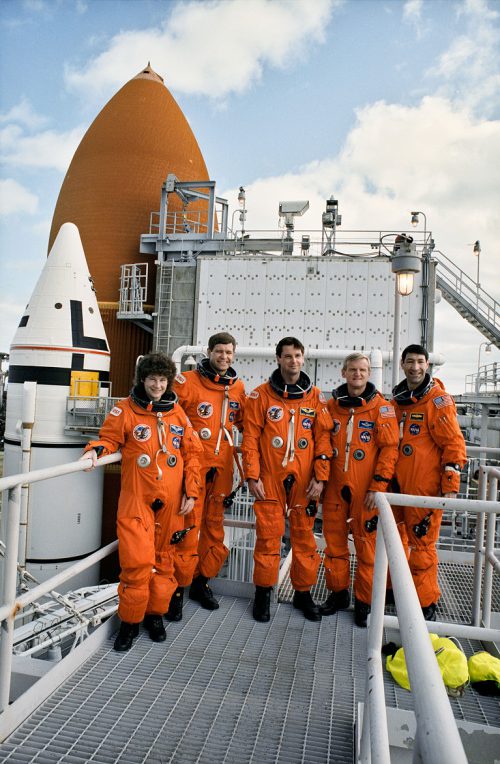
In addition to the TDRS-F satellite, Endeavour also carried the twin detectors of the Diffuse X-ray Spectrometer, mounted on Hitchhiker plates on opposing walls of the shuttle’s forward payload bay. This instrument originally formed part of a much larger Spacelab payload, known as the Shuttle High Energy Astrophysics Laboratory (SHEAL), and would have flown alongside the Broad Band X-Ray Telescope (BBXRT). However, the completion of the latter, ahead of schedule, and the deletion of another instrument from the ASTRO-1 mission caused it to be moved forward on the shuttle manifest and it flew in December 1990. As for the DXS, it was moved around as a secondary payload on a couple of flights, before coming to rest on STS-54.
Designed to acquire the first-ever spectra of the diffuse low-energy “soft” X-ray background in the energy band between 0.15-0.284 keV, the DXS comprised a pair of large-area lead-stearite Bragg crystal spectrometers. Each contained a curved panel of Bragg crystals mounted above a position-sensitive proportional counter, across which a spectrum would be dispersed to enable all portions to be measured simultaneously. However, whilst all wavelengths were observed at the same time, the various wavelengths came from different directions in the sky, and therefore the spectrometers “rocked” backward and forward to obtain complete spectral coverage along an entire arc of the sky. Unique in its ability to “sort” detected X-rays by wavelength, the DXS identified large quantities of hot gas in the interstellar medium, close to our Solar System. Although classed as a secondary payload, the importance of the instrument was such that provision was included in the STS-54 manifest for a one-day extension to seven days, “if DXS requires additional time to achieve mission success.” Although scheduled to fly for less than six days, Endeavour was equipped with enough consumables to support a seven-day “basic” mission, plus two additional days to cater for unforeseen contingencies, such as weather or other difficulties.
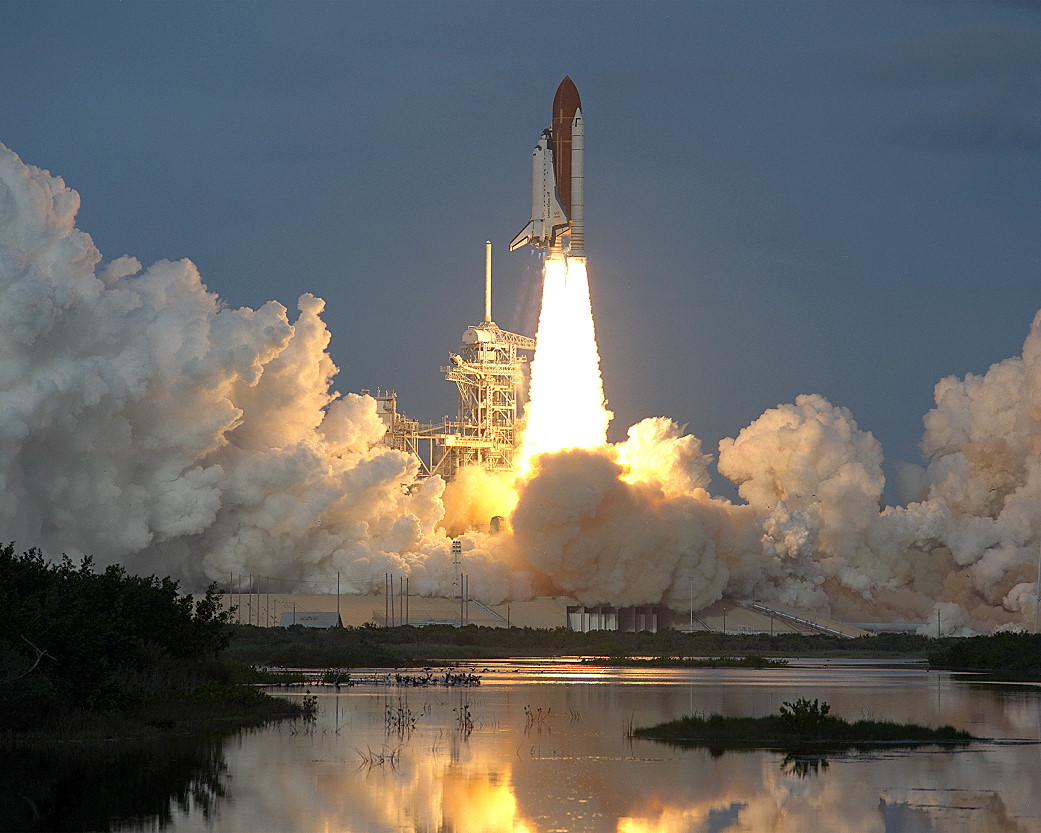
As 1992 drew to a close, STS-54 appeared to be a relatively “vanilla” mission, planned for mid-January of the following year. Then, on 25 November, NASA announced its decision to add Extravehicular Activity (EVA) onto three future shuttle missions to “fine-tune the methods of training astronauts for assembly tasks in space” and “increase the spacewalk experience levels of astronauts, ground controllers and instructors”. The agency noted that such excursions would only be added on the proviso that they did not impact primary mission objectives and the first flight to benefit from the change was STS-54. It had long been recognized that an immense number of EVAs, later nicknamed “The Wall of EVA”, was needed to assemble and maintain Space Station Freedom.
In fact, on the first day of 1993, of the 90 or so astronauts on active flight status, only eight had EVA experience. For STS-54, Harbaugh and Runco had undergone generic spacewalk training, in case they had to go outside and manually close the payload bay doors, but their work moved swiftly into high gear in the final days before and after Christmas as plans were finalized for a five-hour EVA. Their tasks included moving around Endeavour’s payload bay with and without large objects (including each other) as well as completing close alignment tasks and installing equipment. It was mandatory for their EVA to conclude at the scheduled time, because it was assigned a lower priority than the DXS observations, which had to be suspended whilst Harbaugh and Runco were outside. After the mission, it was intended that the spacewalkers would repeat their activity in the water tank at the Johnson Space Center (JSC) in Houston, Texas, to improve future training.
Liftoff of STS-54 on 13 January 1993 was delayed by a little more than seven minutes to await the resolution of a Launch Systems Evaluation and Advisory Team violation. Under the combined thrust of her three main engines and twin Solid Rocket Boosters (SRBs), Endeavour speared for the heavens at 8:59 a.m. EST and successfully entered a 28.45-degree-inclined orbit shortly afterward. Six hours and 13 minutes into the mission, high above the Pacific Ocean, to the north of Hawaii, the TDRS-F payload and its attached IUS were released at a rate of about a foot (0.3 meters) per second. The deployment involved all five astronauts, Runco leading the deployment, Harbaugh and Helms assisting and supporting photographic and television coverage, Casper flying Endeavour from the aft flight deck and McMonagle in the commander’s seat, handling orbiter systems.
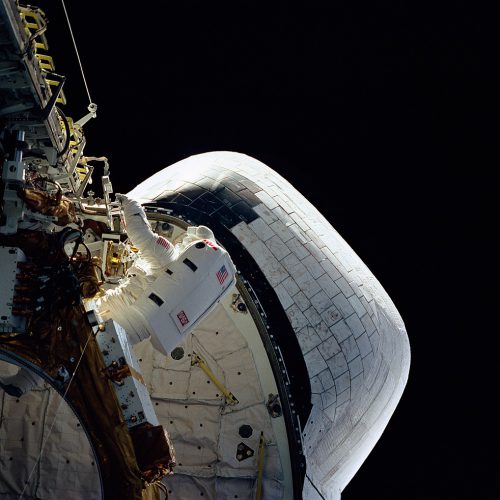
An hour after deployment, the first stage of the IUS ignited to achieve geostationary transfer orbit and the second stage fired some five hours later to circularize the orbit. Thirteen hours after launch, the TDRS separated from the IUS and underwent a complex process of unfurling its solar arrays, space-to-ground communications boom and its C-band and single-access antennas. The numerically renamed “TDRS-6” thereby became the fifth operational satellite in a constellation which supported the shuttle and important scientific missions, including Hubble and the Compton Gamma Ray Observatory. (An earlier satellite, TDRS-B, was lost in the Challenger accident.)
On Endeavour’s seventh orbit, the DXS instrument began scanning. Despite problems due to high particle counts, which triggered a high-voltage shutdown, an additional 15 orbits of data collection were authorized to complete its objectives. All told, during more than five days of operations, the dual spectrometers acquired a total of more than 80,000 seconds of good astronomical data.
Elsewhere, inside Endeavour’s crew cabin, depressurization was executed on the third day of the flight in anticipation of Harbaugh and Runco’s EVA. The two men entered the floodlit payload bay at 5:48 a.m. EST on 17 January, closely monitored by Susan Helms, who acted as the “Intravehicular” (IV) crew member. During the excursion, the spacewalkers translated themselves around the payload bay, both with and without large items and climbed into foot restraints without the benefit of handholds. “To simulate carrying a large object,” noted NASA’s pre-mission press kit, “the astronauts will carry one another.” They also worked with the IUS Airborne Support Equipment (ASE) “tilt table” at the rear of the bay and returned to the airlock after four hours and 27 minutes.
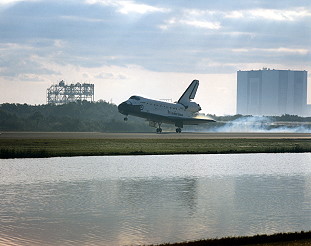
Spacewalking induced a peculiar sensation in Runco. Years later, describing the experience to a Smithsonian interviewer, he related a free moment in the EVA, waiting for Harbaugh to finish up a task. “I was standing, facing outboard on a work platform,” Runco said. “The platform locks your feet down and frees your hands for work.” During underwater training before launch, he enjoyed bending over backward at the knees (“sort of like doing the limbo”) and expected it to be a comfortable stretch, relieving all of the pressure points induced by his suit. “But in space, the viscosity of the water wasn’t there to slow me down,” he continued, “so when I relaxed to stand up straight again, the suit “twanged” forward at what seemed like an incredible velocity. It really felt like I would come right out of the foot restraint and go tumbling off into space, even though I knew I couldn’t.” Gazing directly into the ethereal blackness of space, Runco was brought face to face with what he could only describe as a first-hand glimpse at God’s handiwork.
Aside from the drama of the EVA, the five astronauts oversaw a range of medical and biological experiments in the middeck, monitoring the effect of microgravity exposure upon the skeletal muscles of rodents, growing seeds of Arabidopsis thaliana (a small, cress-like plant, with white flowers), and supporting 28 commercial investigations into biomedical testing and drug development, control of ecological life-support systems, and the agricultural manufacture of biological-based materials. On a somewhat lighter note, a collection of children’s toys were flown as an educational resource. The “Physics of Toys” investigation involved schools in the hometowns of four of the astronauts and was specifically focused on elementary children. “Live” demonstrations on 15 January were led by John Casper and the toys involved a car and track, klacker balls, a basketball, magnetic marbles, swimmers, a mouse and a balloon helicopter.
Endeavour’s departure from orbit on the morning of 19 January proceeded without incident. Runco and Helms switched places, allowing Helms to witness re-entry from the right-hand seat on the flight deck. She grabbed a camcorder, ensured its battery was fresh, and promptly shot a bunch of remarkable imagery during the fiery descent. In the front seats, Casper and McMonagle could be seen, intently focused on their glowing green instruments, whilst to Helms’ left side, flight engineer Harbaugh periodically grinned for her camera. An hour after leaving orbit, at 8:37 a.m. EST, Endeavour alighted on the runway at the Kennedy Space Center (KSC) in Florida, just shy of six full days since launch. STS-54, which began its life as a “vanilla” shuttle flight, had turned to chocolate, and its importance for the EVA implications for the future Space Station would be truly profound.
FOLLOW AmericaSpace on Facebook!
.




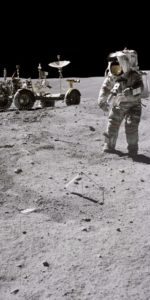
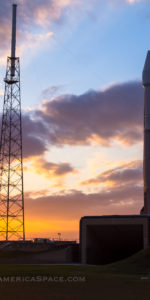
One Comment
One Ping
Pingback:‘Tumbling Off Into Space’: 25 Years Since Endeavour’s Vanilla-to-Chocolate STS-54 Mission – MeasurementDataBases for Industry & Science